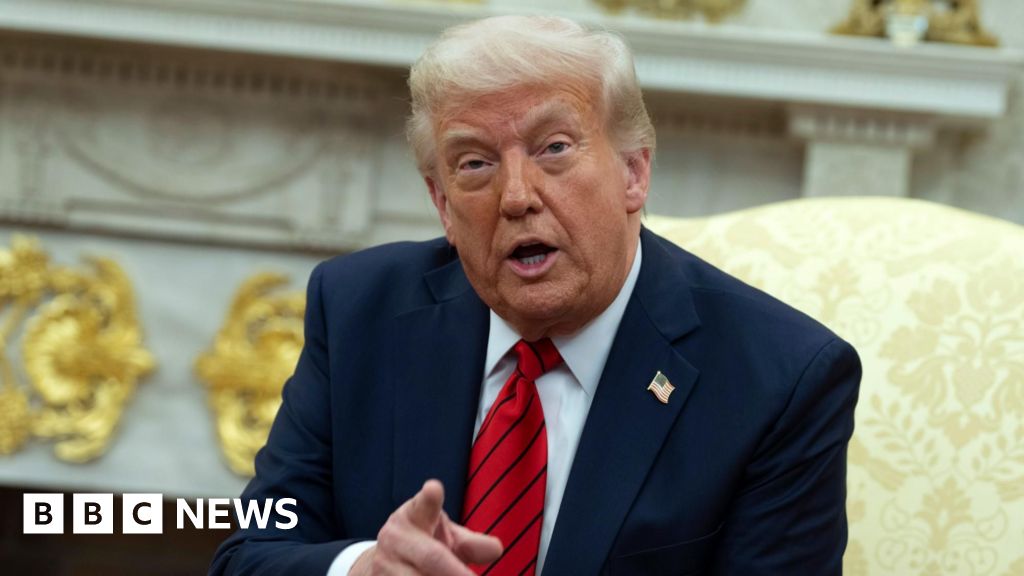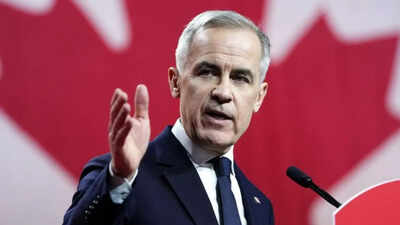Canadians Face Crucial Choice in Upcoming Parliamentary Elections

As Canadians prepare to head to the polls on April 28, they find themselves at a pivotal crossroads, tasked with selecting a leader who will guide the nation through complex economic and social challenges exacerbated by President Trumps controversial tariffs. The stakes have never been higher as voters will choose between two distinctly different candidates, each embodying contrasting visions for the future of Canada.
On one side of the political spectrum is Mark Carney, the leader of the Liberal Party and the current Prime Minister, who took office earlier this March. At 60 years of age, Carney is relatively new to the political arena, having spent the majority of his career in central banking and global finance. His extensive experience in these fields brings a unique perspective to the leadership role, especially in a time of economic uncertainty. Many analysts believe that his financial expertise may prove crucial in navigating the economic repercussions of international tariffs and fostering growth in key sectors.
Opposing him is Pierre Poilievre, the seasoned leader of the Conservative Party, who at 45 years old, is a familiar face in Canadian politics. Poilievre has dedicated most of his adult life to public service and has carefully crafted his political persona, presenting an agenda that resonates with a significant portion of the electorate. His campaign focuses on fiscal responsibility and a return to traditional conservative values, appealing to voters who may be disenchanted with the current Liberal administration.
In addition to these two prominent candidates, there are others contesting for parliamentary seats. Jagmeet Singh represents the New Democrats, a leftist party that has prioritized health care in its campaign platform, advocating for policies that aim to enhance Canada's health care system. Then theres Yves-Franois Blanchet, the leader of the Bloc Qubcois, a party that exclusively runs candidates in Quebec and emphasizes regional issues, particularly those that concern the province's unique cultural and linguistic identity.
While Carney and Poilievre dominate the discourse leading up to the election, it is important to recognize the roles that Singh and Blanchet play within their respective parties. Their presence highlights the diversity of political thought in Canada, even though most observers believe that Carney and Poilievre are the primary contenders to secure the prime ministership.
This election is not just a standard parliamentary vote; it is seen as a referendum on the direction Canada will take amidst ongoing global economic pressures and domestic social issues. Voters are urged to reflect on the implications of their choices, especially as issues like healthcare, economic growth, and international relations continue to shape the national landscape.





























